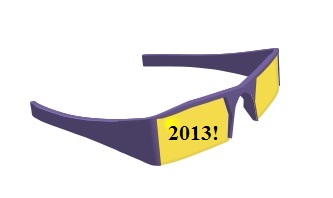 Looking into the future of AR technology shows possibilities in the automotive sector.
Looking into the future of AR technology shows possibilities in the automotive sector.
Though augmented reality has been making its mark in many different areas, such as in glasses, video games, publishing, and advertising, the automotive sector has been drawing a great deal of attention in terms of this cutting edge technology as it has been suggested as a convenience and safety tool.
The way that it would be applied in this industry would be to work the technology into windshields.
People have been speculating for some time now about the benefits of augmented reality windshields in vehicles. In 2004, BMW recognized the benefit of placing driving related information right in the line of sight of the driver by introducing the first color Head-Up Display (HUD). That same automotive manufacturer started work in 2011 on HUD acquiring a functionality that is “Contact Analogue”, which would allow a virtual marking to be superimposed over various real world objects in the view of the driver. This opens up the potential for displaying safety and navigation information right on the “screen” of the windshield.
It is precisely this type of feature that could be provided through a windshield with augmented reality.
An augmented reality windshield provides warnings of potential hazards, driving directions, and other relevant information in a way that the driver would never have to take his or her eyes off the road in order to see it.
The automotive industry has been embracing high tech solutions for years and as the release of the driver-free car draws ever nearer, the technological innovations become increasingly dazzling. A feature such as an augmented reality windshield would fit right in with other offerings that are already available, such as active park assist, attention assist (a drowsiness detector for drivers), active cruise control radar, collision warning with full auto brake, active city safety, and pedestrian detection, not to mention blind spot obstacle detection and Bluetooth.
These systems, and potential augmented reality features that can offer tremendous increases in the efficiency, safety, comfort, and convenience of the driving experience and traveling by car regardless of whether it’s in the city in a familiar area, or traveling across the country on unknown adventures.

 Augmented reality revolution may kick into full swing in 2013
Augmented reality revolution may kick into full swing in 2013